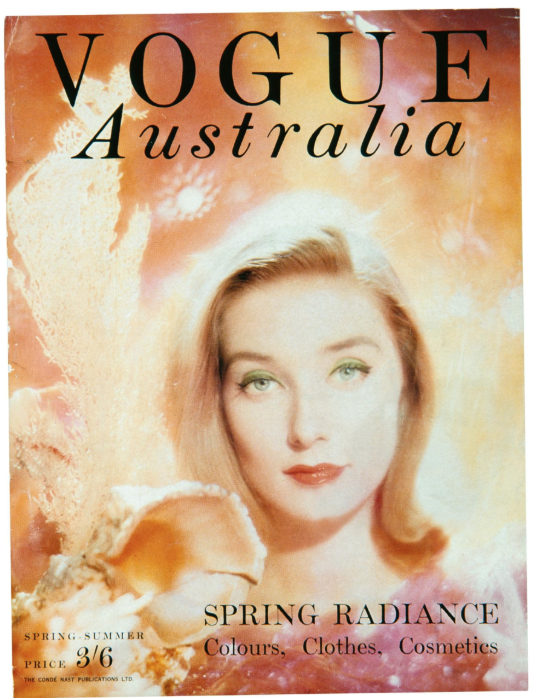From magazine to ‘superbrand’: How Vogue Australia plans to combat print decline rhetoric
For a magazine, it can be hard to thrive in a world of cost cuts, reduced circulation and advertising spend. But what if a magazine can transcend its printed form and become simply a brand? Zoe Samios sits down with Vogue Australia’s editor-in-chief and editorial director of Vogue, Vogue Living and GQ, Edwina McCann, to discuss what the future of the brand looks like.
Almost 60 years ago, a former shoe salesman and Jewish German refugee launched what was to become one of Australia’s most respected magazine brands.
Bernard Leser, who was asked by the then managing director of British Conde Nast, Reggie Williams, to launch the Australian edition of Vogue, could never have known what was to become of the brand.



Toorak and Mosman women want Kylie Jenner ?
Also, grammatical errors galore in this article.
Can someone please subedit this article properly? So many mistakes. I must have missed the great European ‘civil war’ of the 1950s. And pretty appalling for a media site to call Anna Wintour the editor of British Vogue!
Hi Kate,
Wintour has edited Vogue in both the UK and US, but I have amended to make this clearer.
Thanks,
Josie